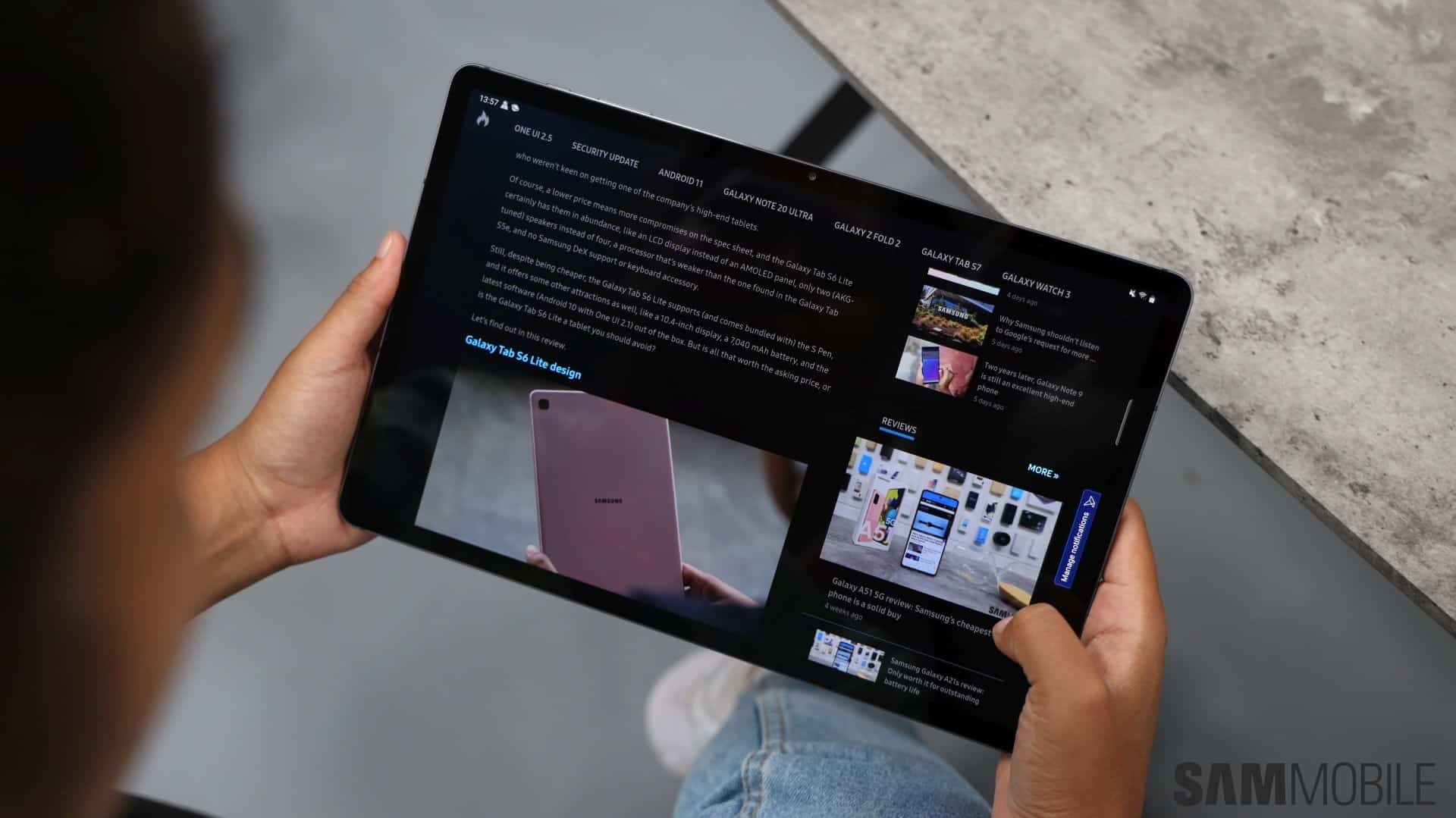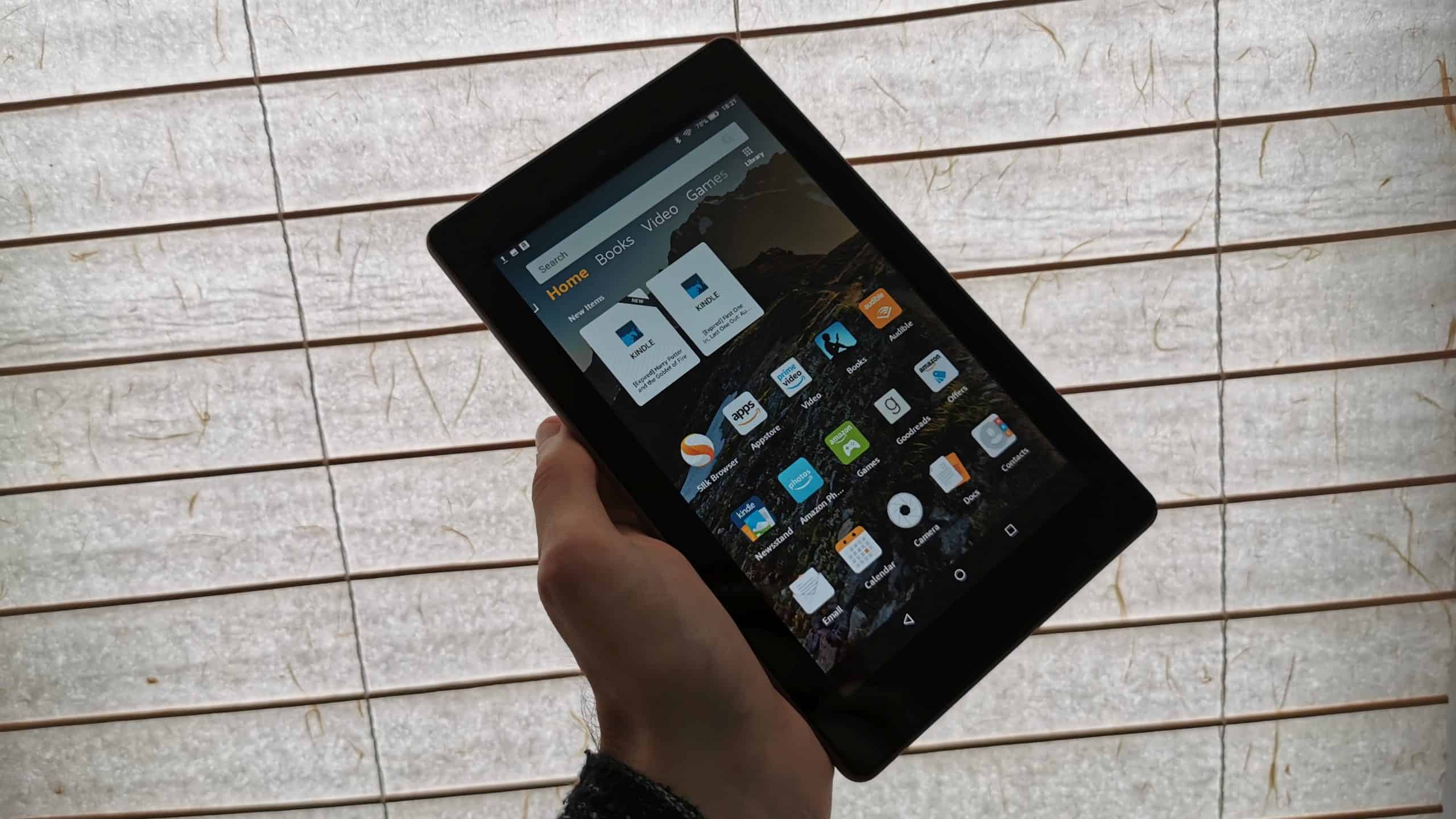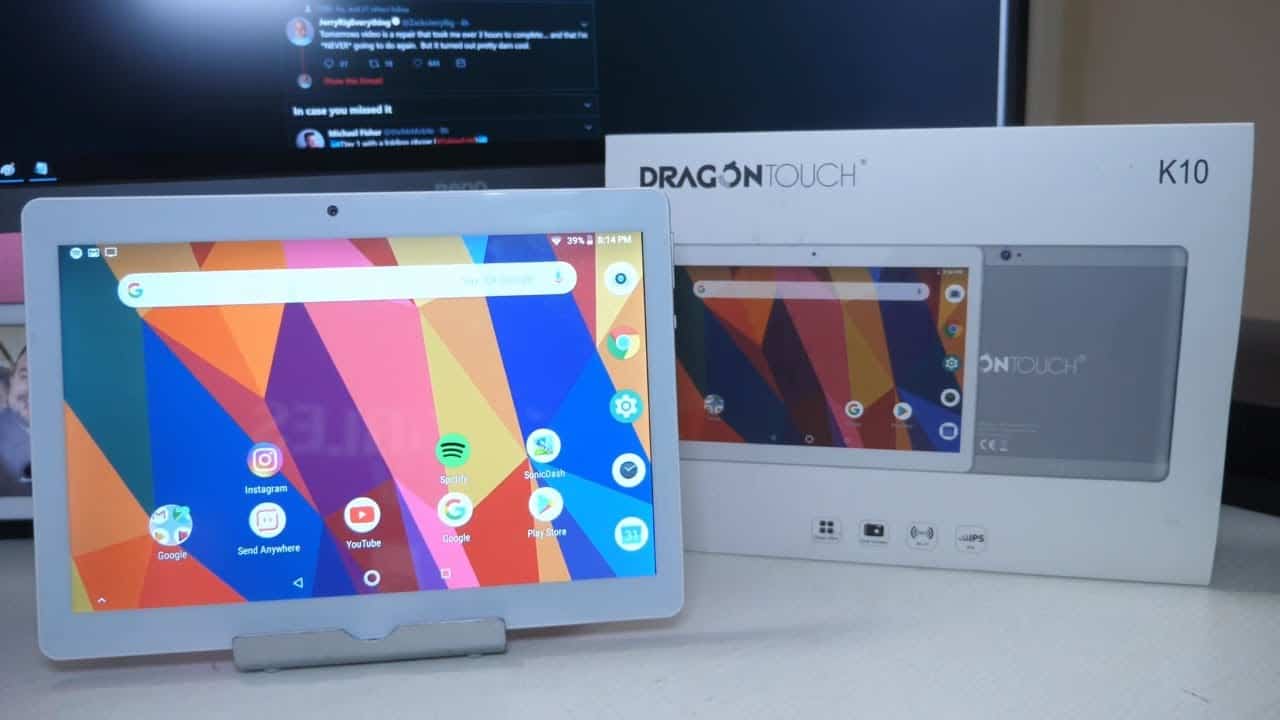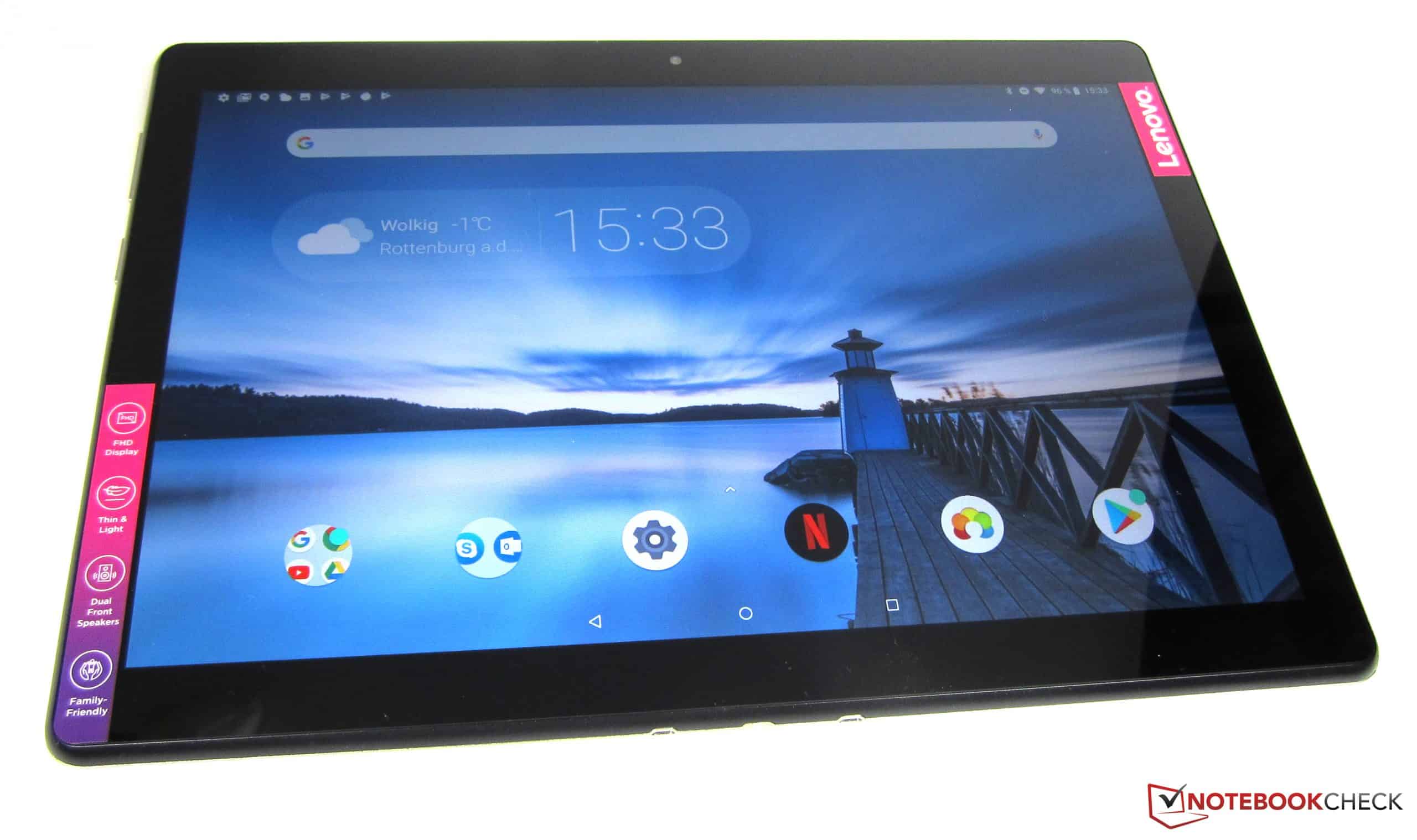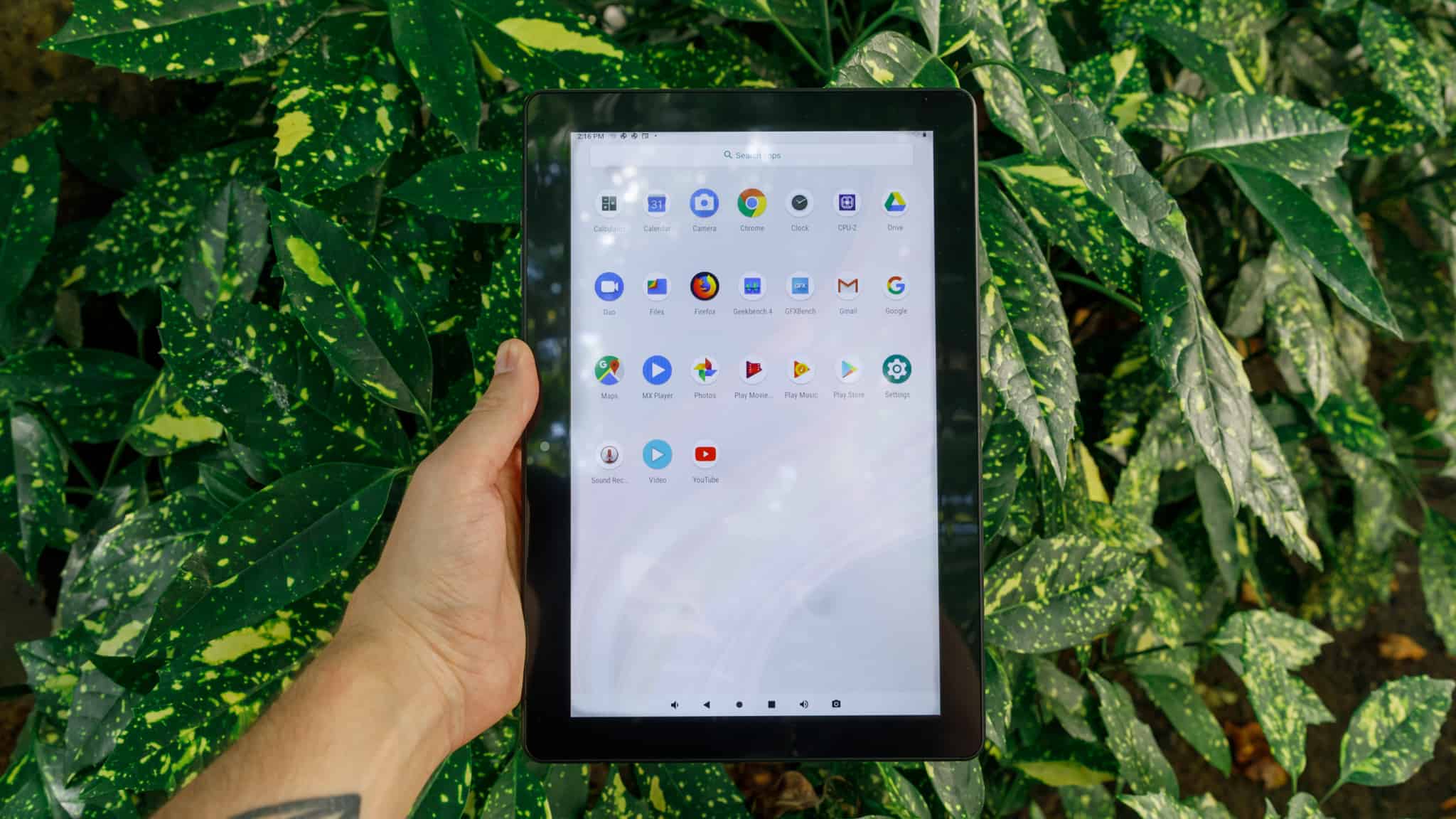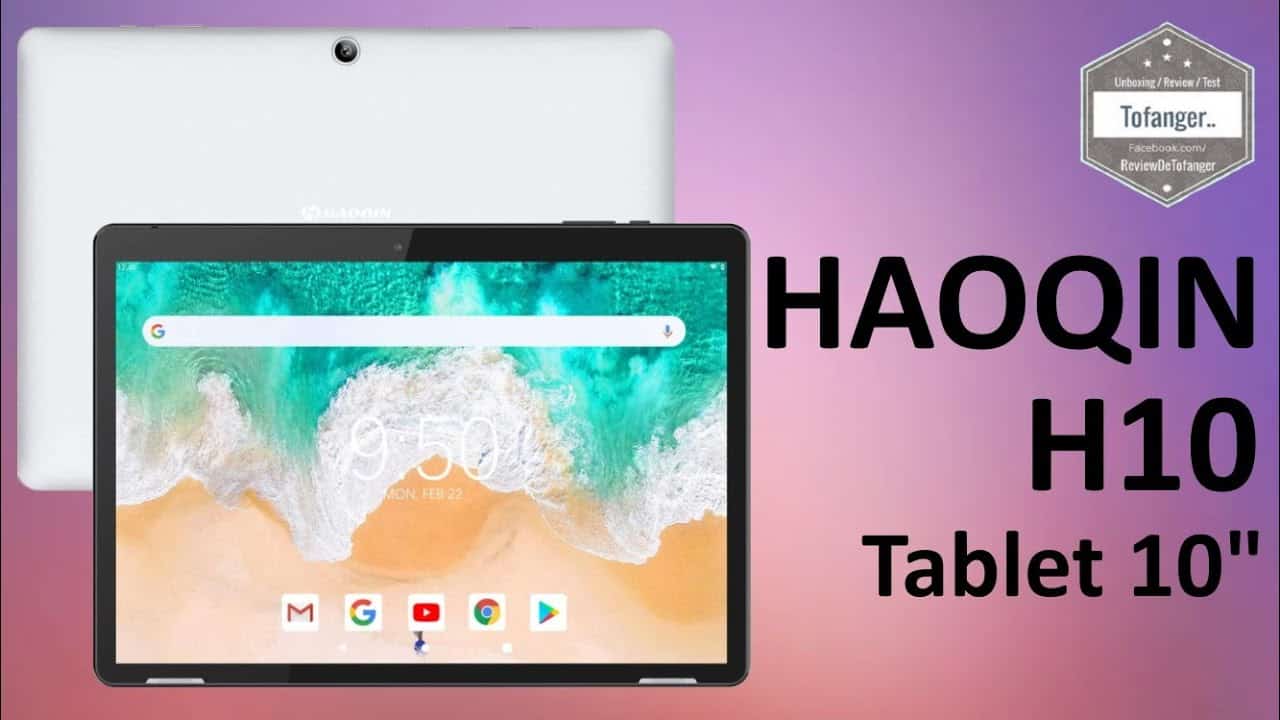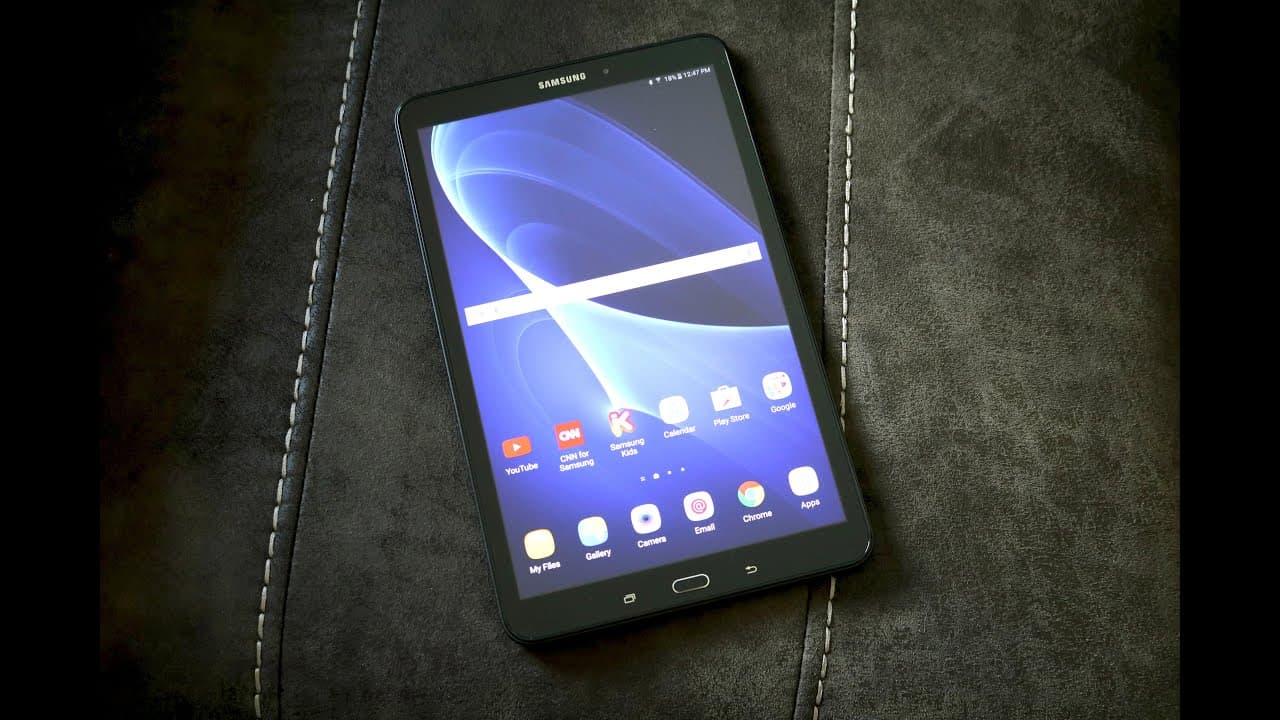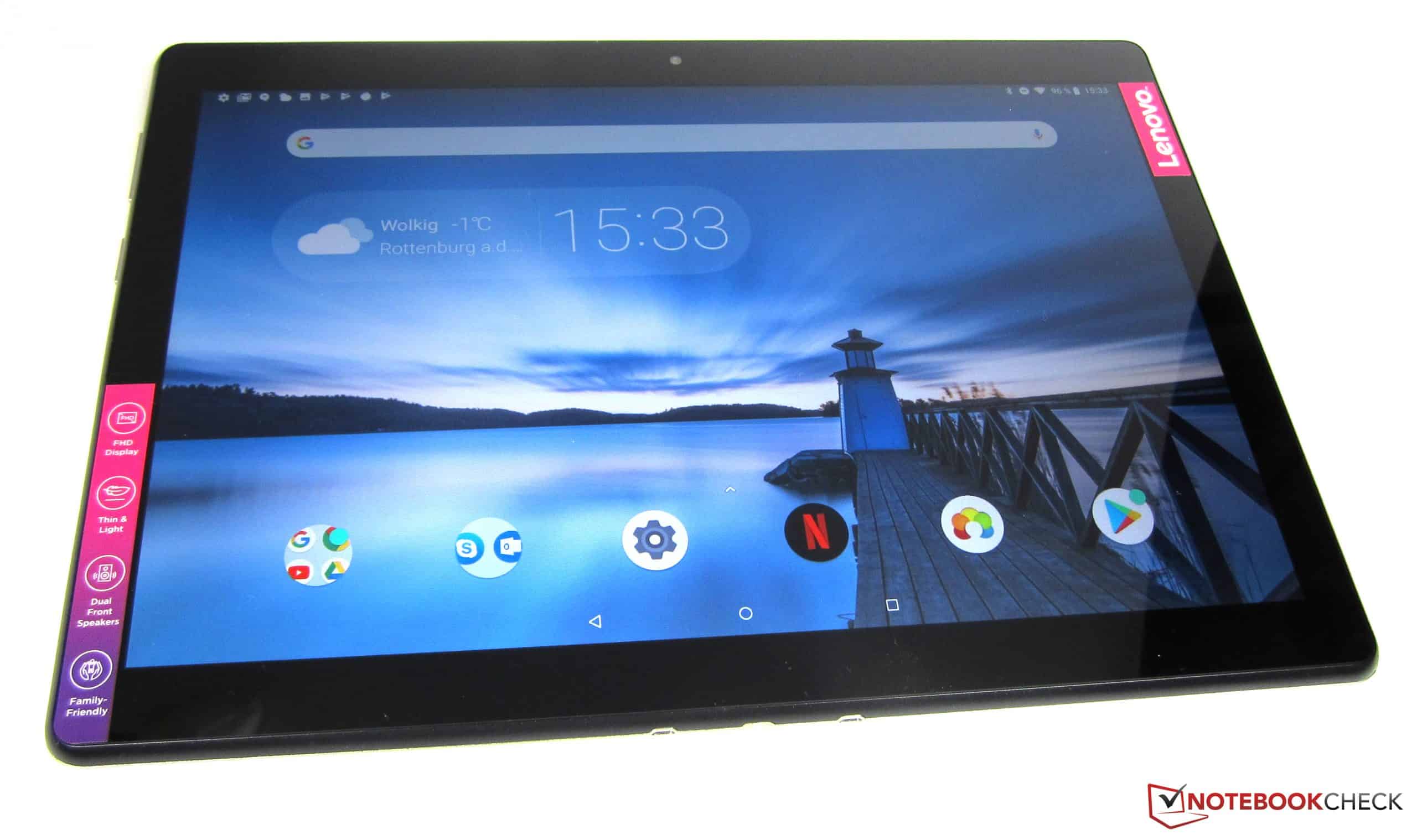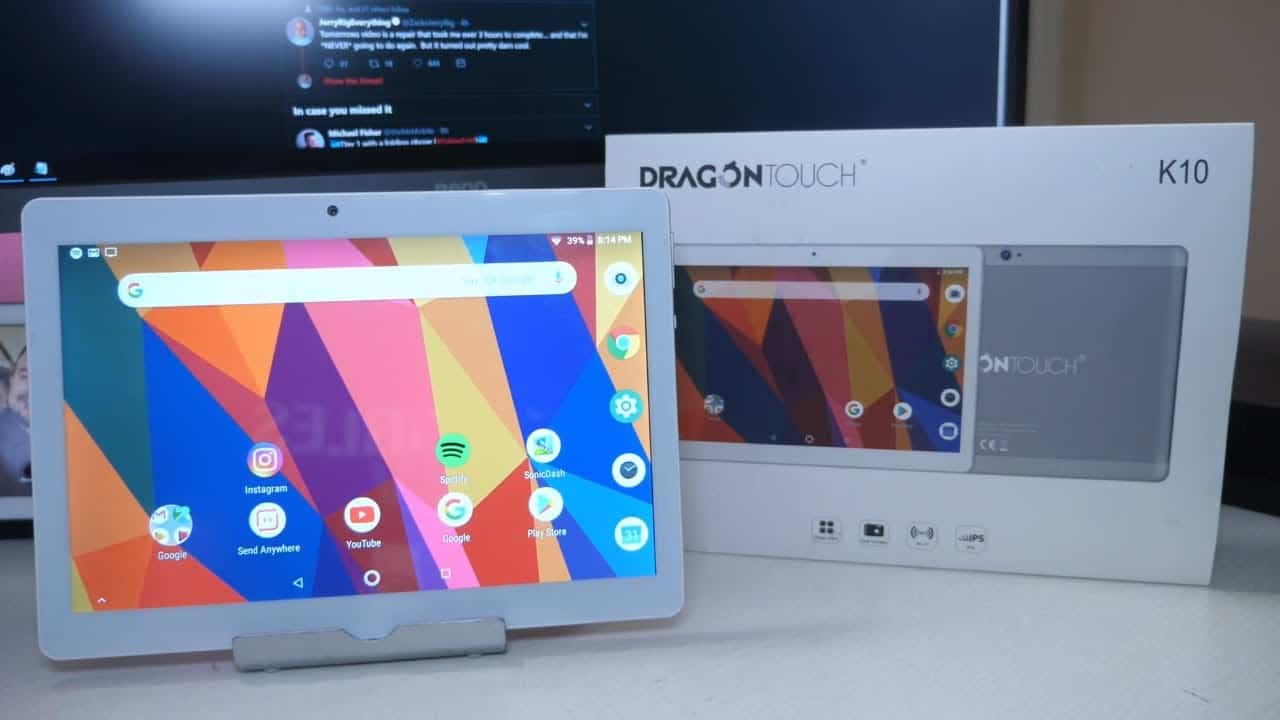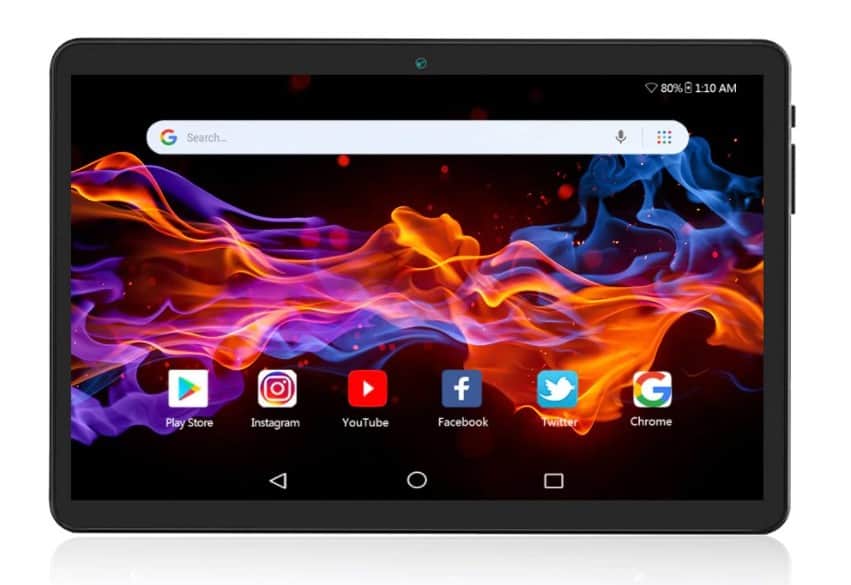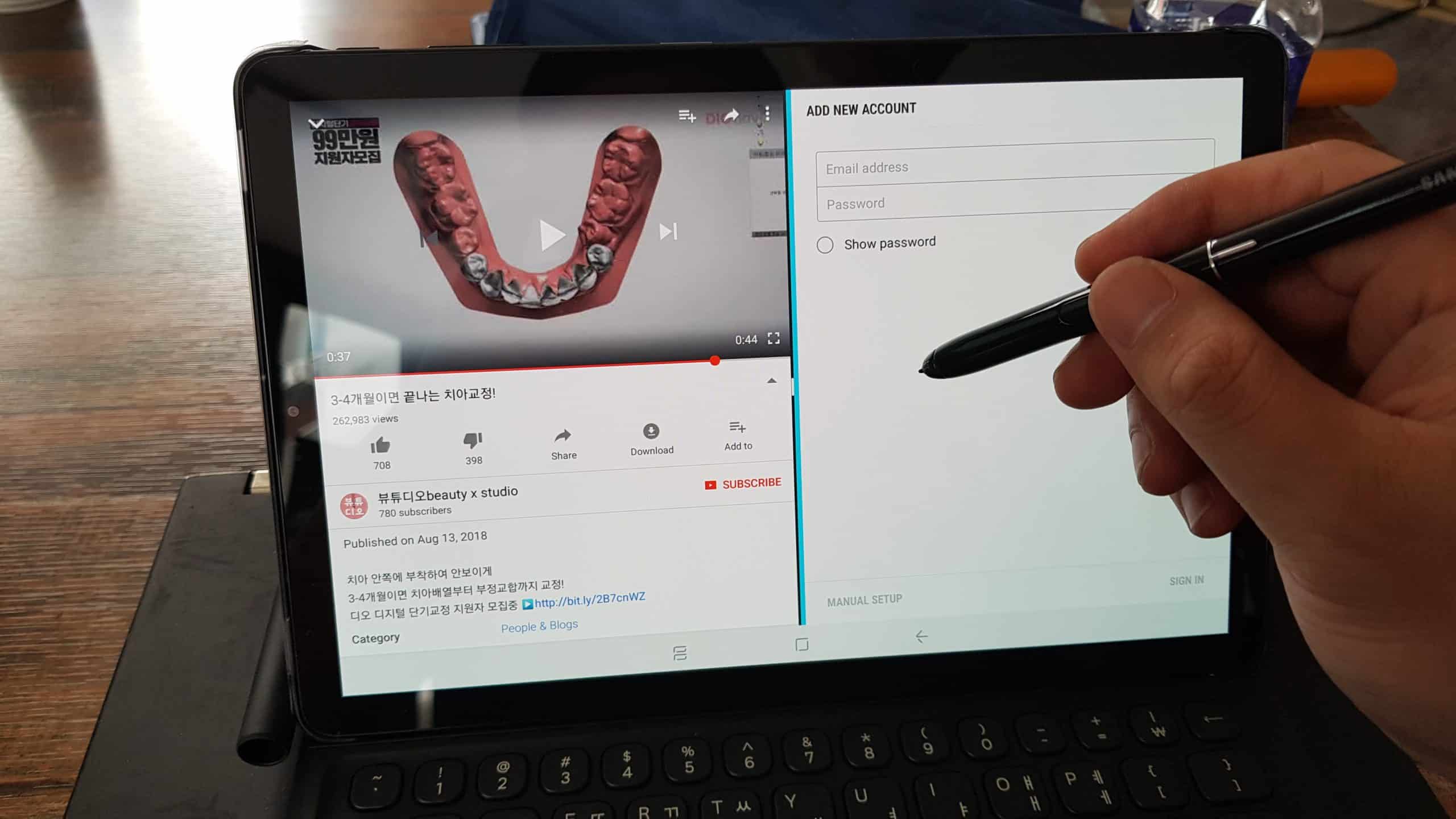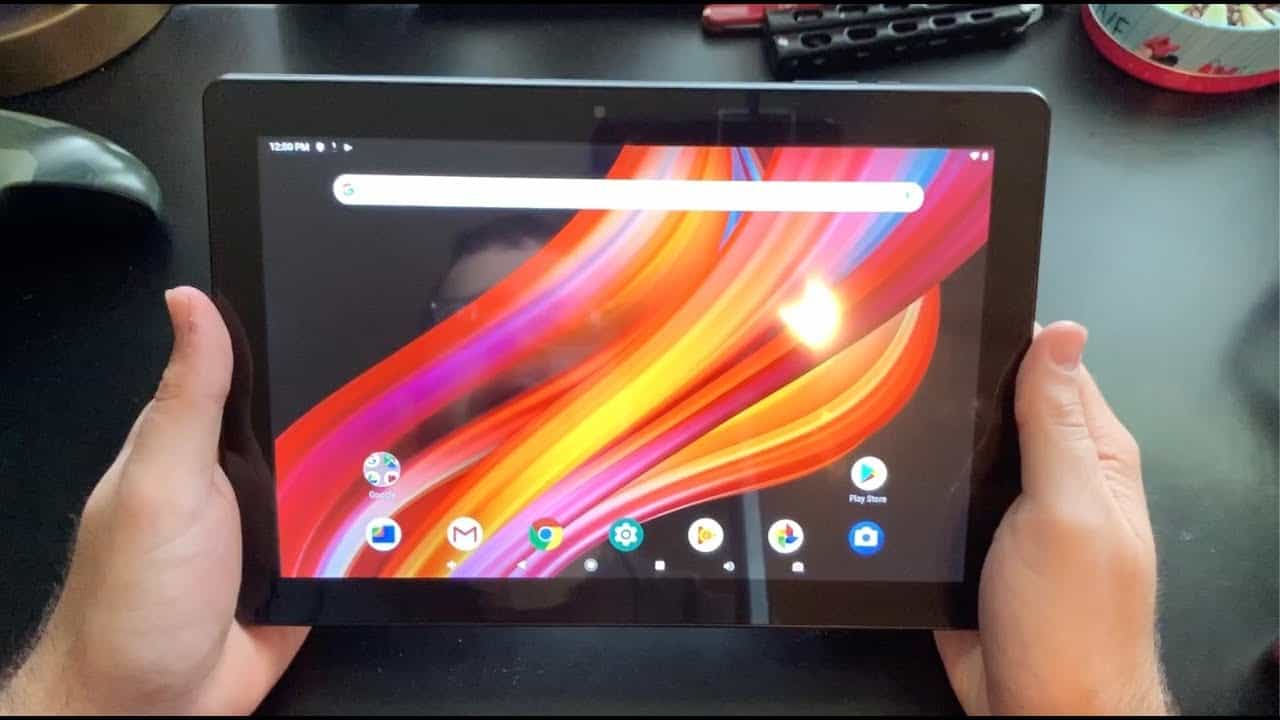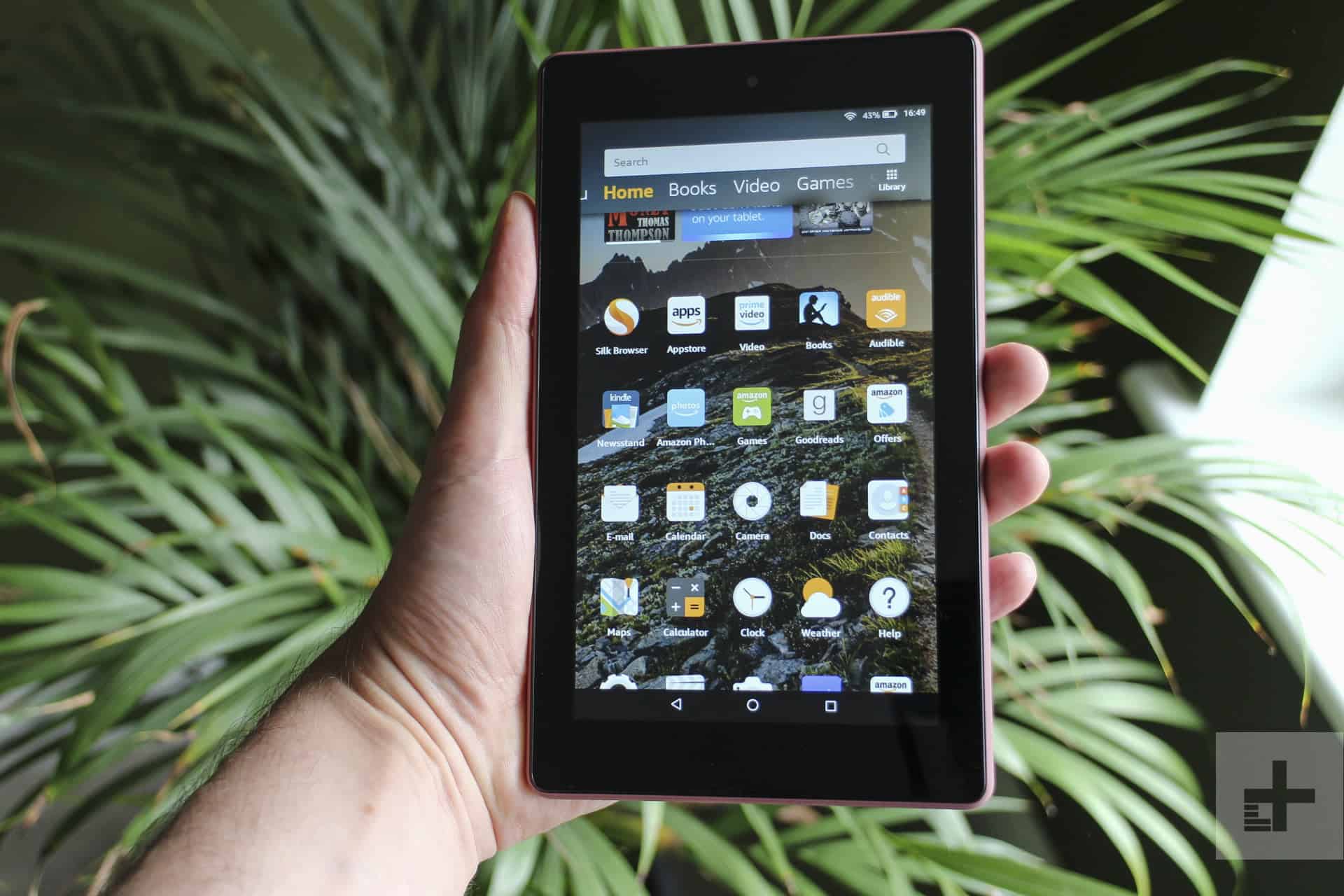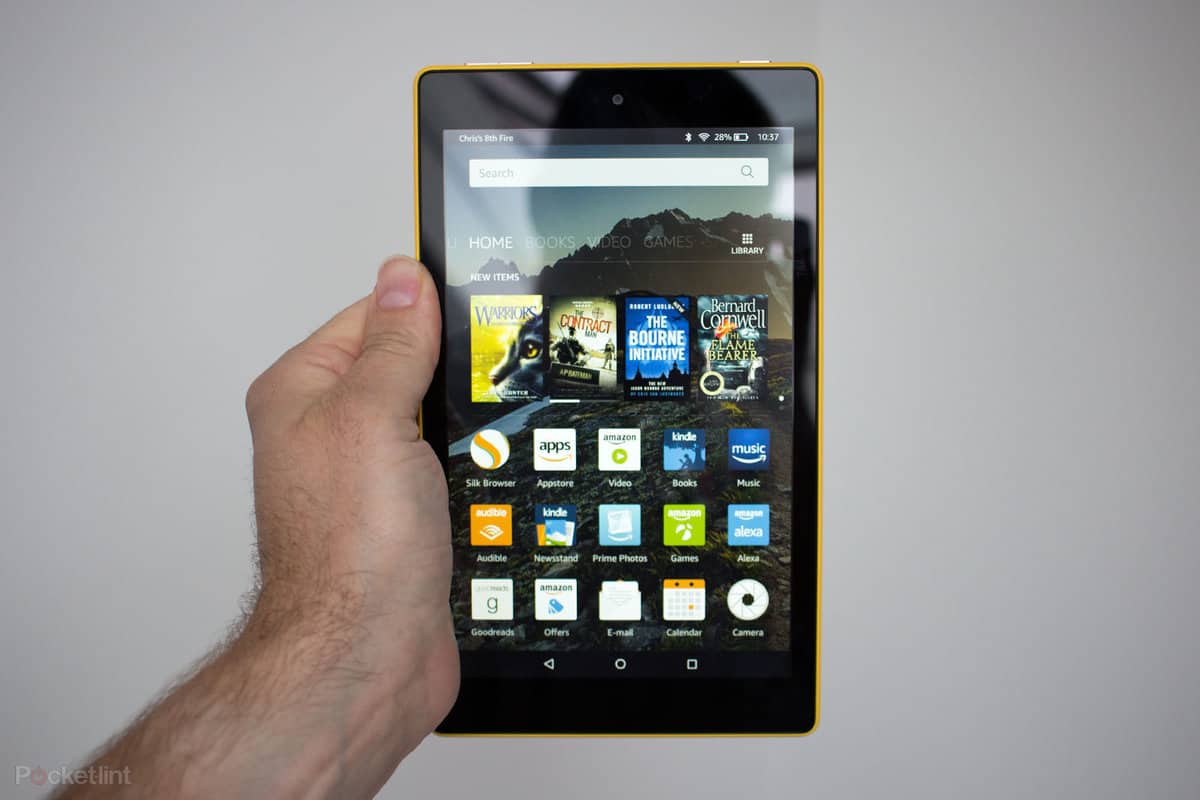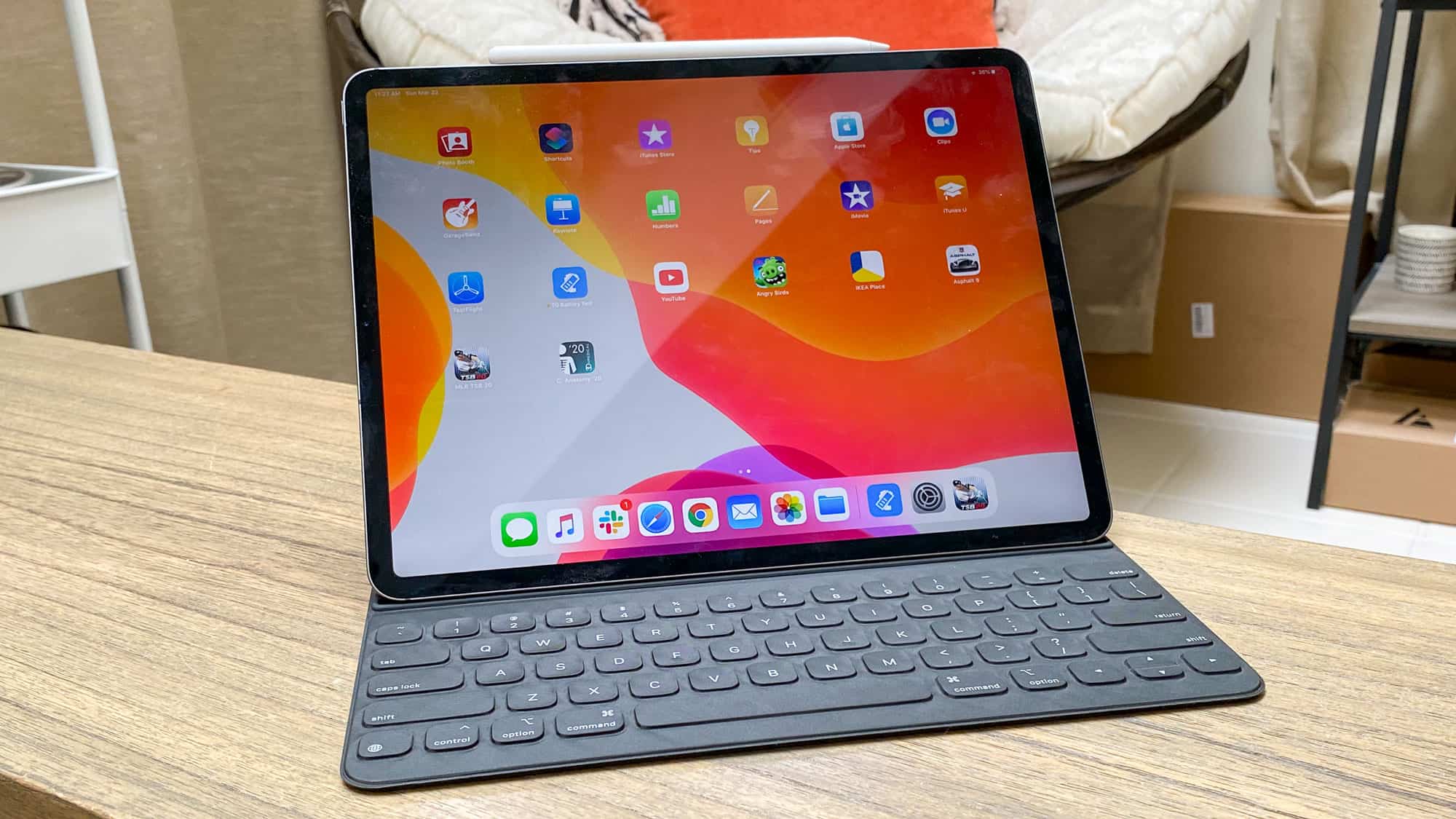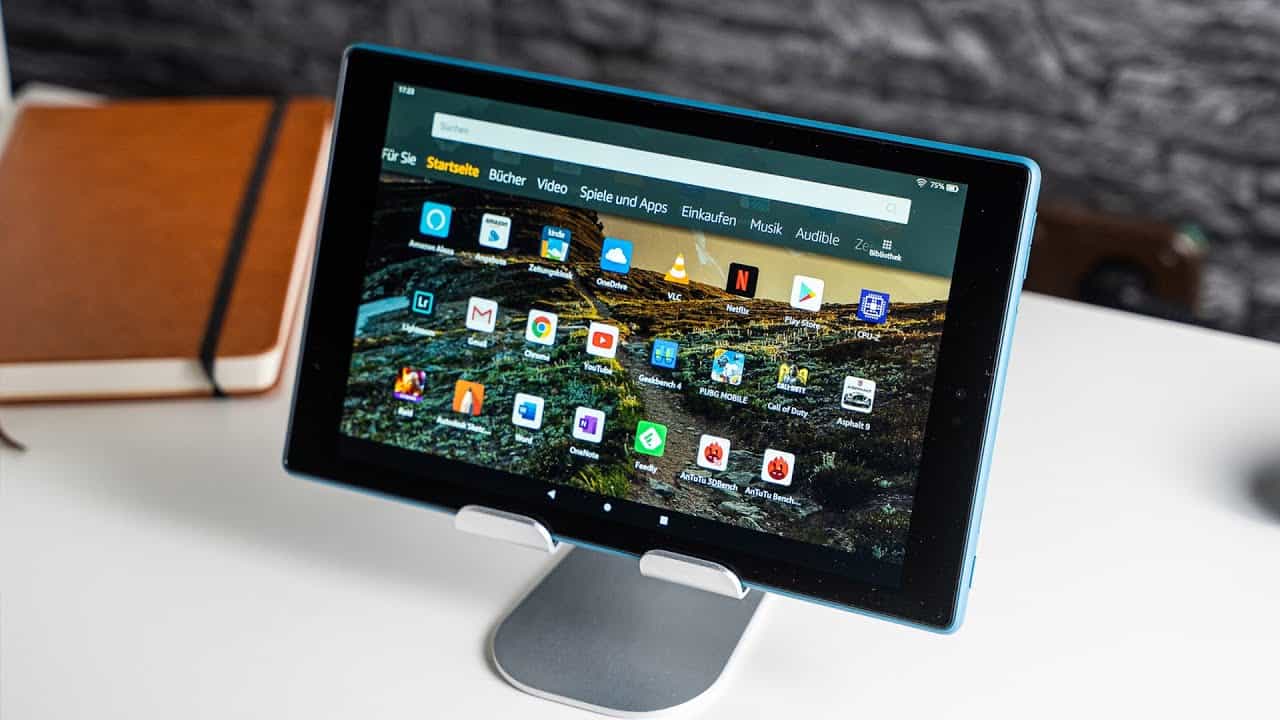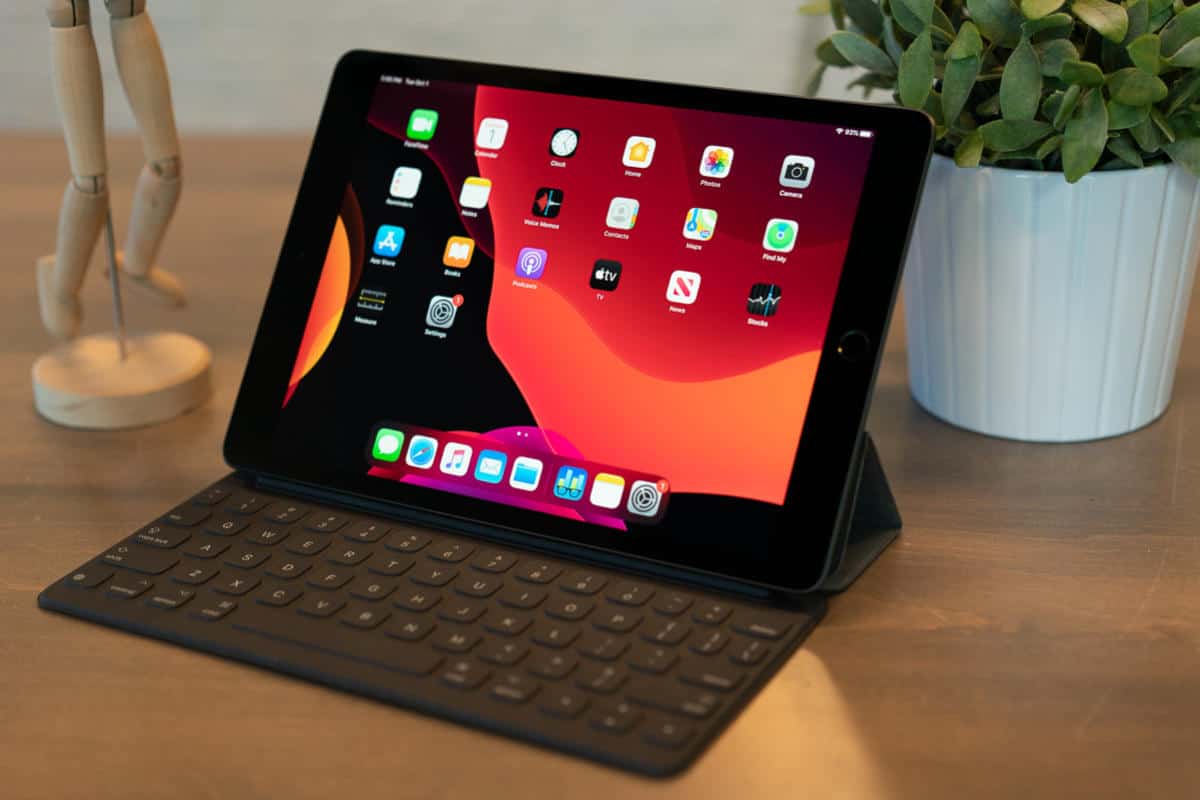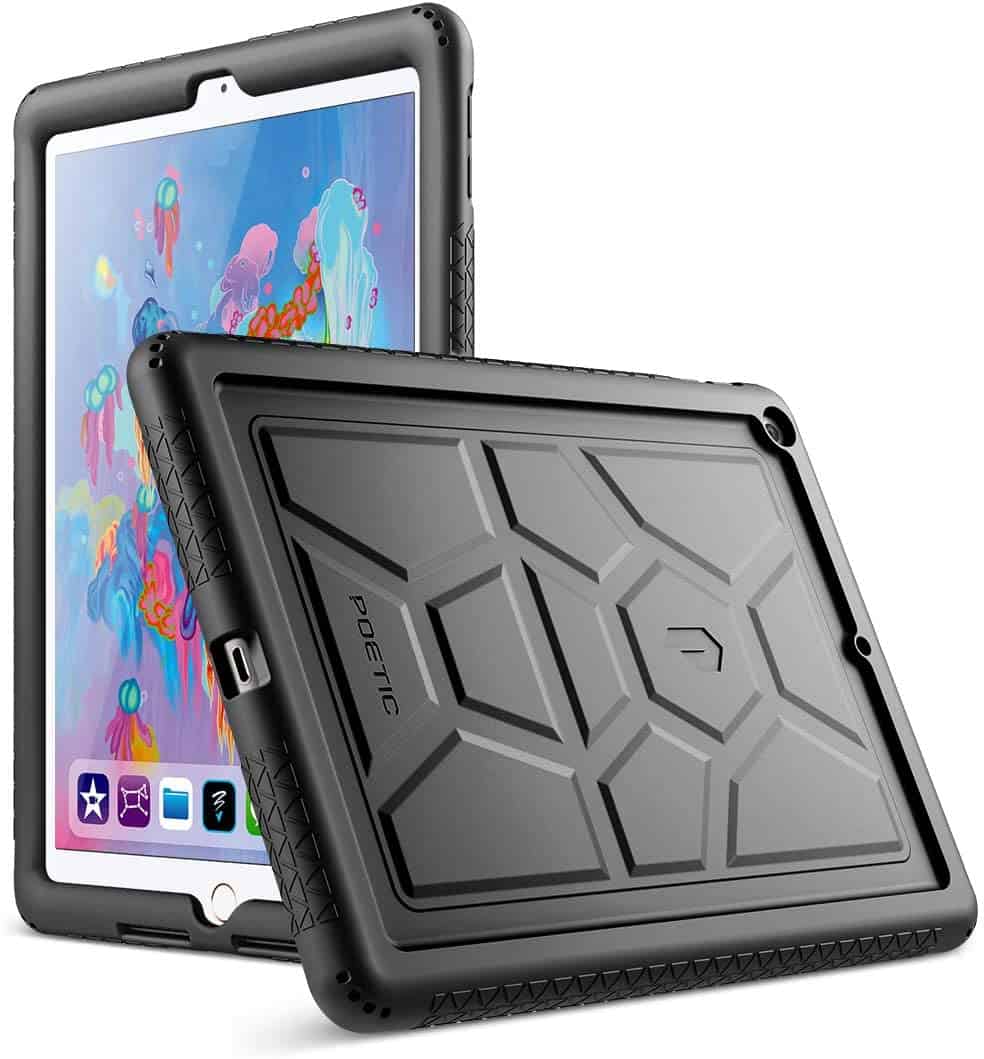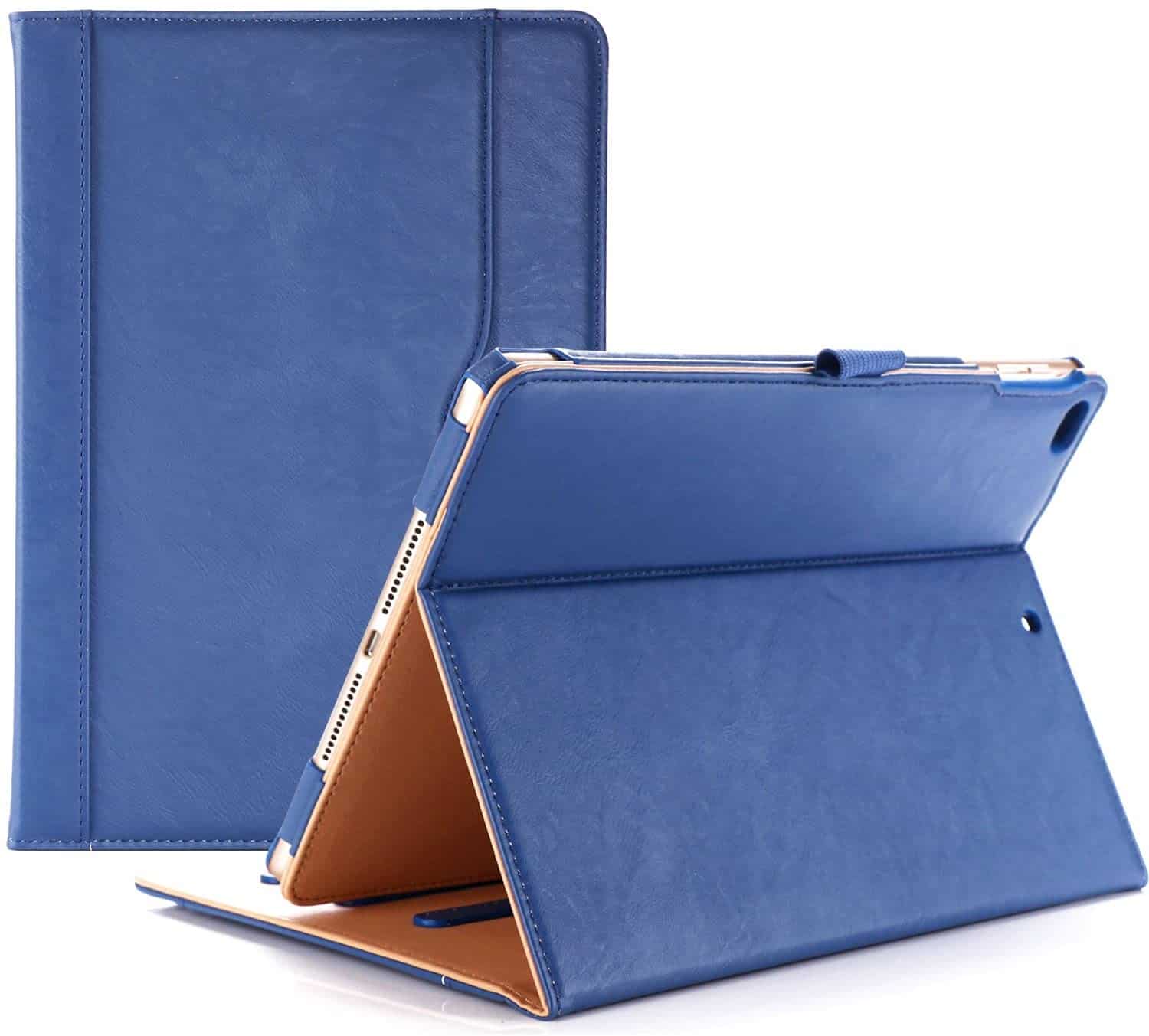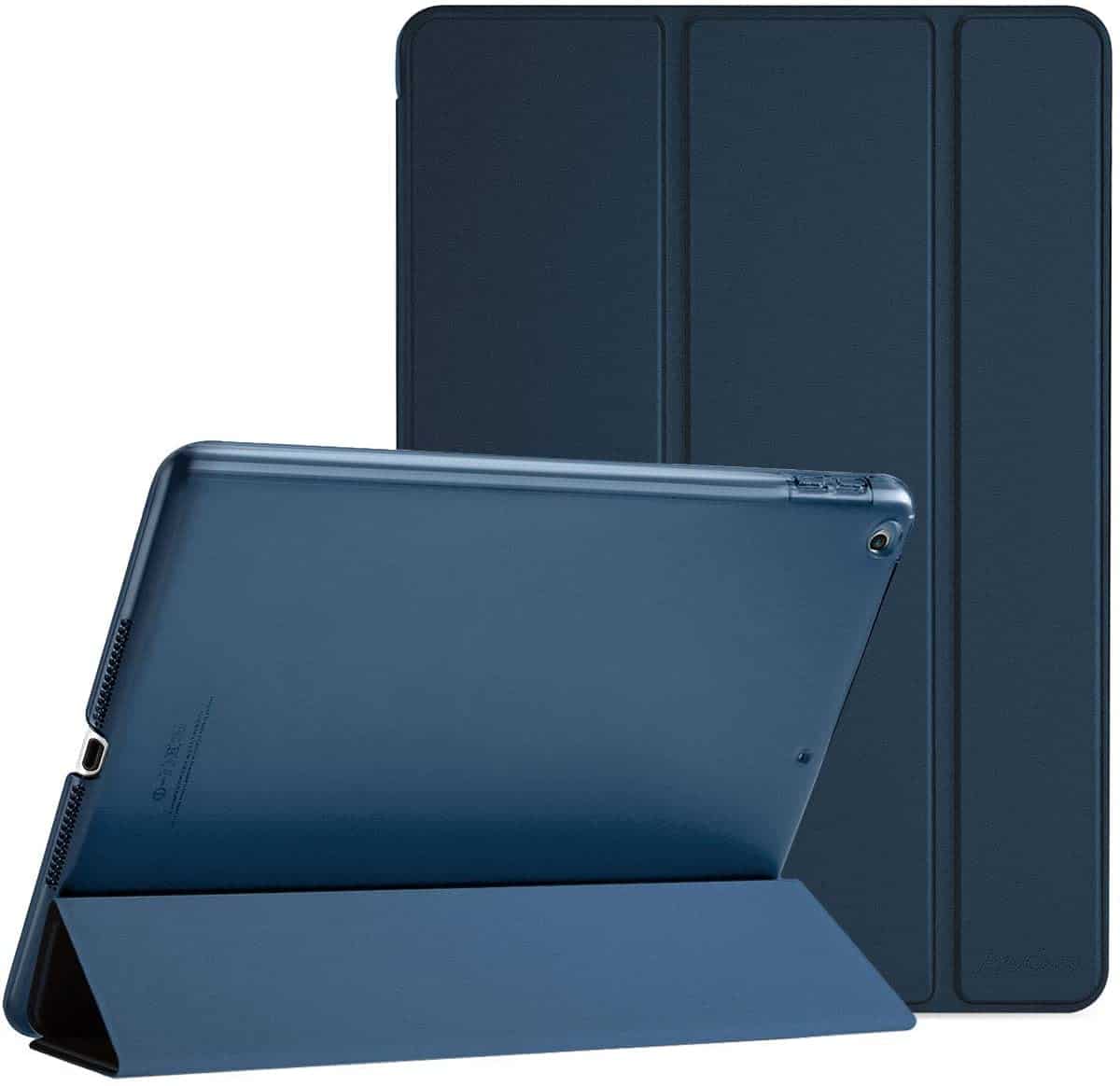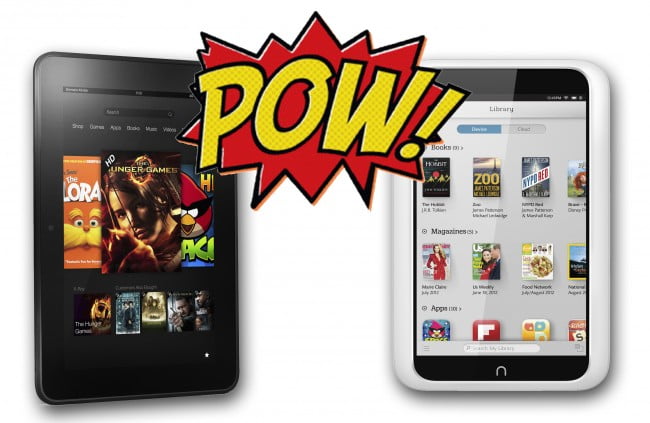
Two HD tablet/e-reader devices, from two companies that started out in hardware for the sole purpose of selling e-books, and just a few short years later they’re here contending for the best 7″ tablet. So far, that space isn’t such a big deal to fill. The Nexus 7 has won over many a heart and mind, but with very limited space and no expandable memory, as well as a mediocre display, that won’t last forever. Who will win out, the online retailing giant Amazon with the Kindle Fire, or national bookstore Barnes & Noble with the Nook HD? Let’s find out. Or, if you want to throw an iPad into the mix, take a look at our Kindle Fire vs iPad 2 review too.
Size
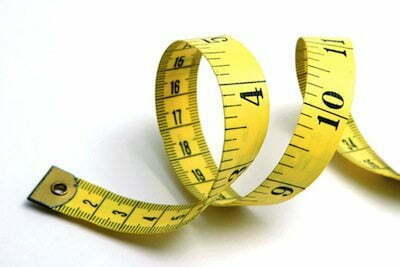
Size-wise, the two devices are nearly identical. The Nook HD is 194mm x 127mm x 11mm, compared to 193mm x 137mm x 10.3mm. The main difference is that the Nook HD isn’t as wide but it’s almost an inch thicker. For a tablet, that’s not so bad; most people need a little more girth on larger devices to grip them properly, so there is such thing as too thin. Then again, when I held the Kindle Fire HD, it didn’t feel too thin.
The real difference is actually weight. The Nook HD is significantly lighter at 315g, compared to 395g of the thinner Fire HD. So I guess that makes it kind of like that kid everyone thought was skinny, but when he took off his shirt you realized just how fat he really was.
Without the weight, the differences between the Fire HD and Nook HD would be moot. But with 2.5oz of extra tablet in the Fire, B&N wins this bout.
Winner: Nook HD, which is much lighter, even though it’s slightly thicker.
Appearance

It’s almost unfair to compare these two tablets when it comes to looks…but let’s do it anyways. Who doesn’t like showing off their new toys? If you’re just basing it off of photos released by the two companies, you’re making a mistake. Amazon’s heavily doctored pictures make the Kindle look like it has no bezel and is all screen. That just isn’t the case. And don’t forget it only comes in one color.
Meanwhile the Nook HD comes in two colors, white and smoke, which is apparently the cool new way to say black. Still, the two paint jobs look pretty dashing, even if white is a bit loud for my tastes. Then again, ask how people like white iPhones, and you’ll get an earful; clearly white is in. The Fire looks just like last year’s bloated model, which was very clean but also very rubbery and not really a tablet tablet. The Nook HD certainly hits that benchmark.
Winner: Nook HD, which comes in a stunningly white bright and a classy black, and actually looks like a tablet, not a kids toy from the back.
Display
![]()
Amazon made a big fuss about the display in the Fire HD. I mean they spent a good five minutes of their press conference talking about it. That’s all good, but until we have one in (hint hint, Amazon), your words fall on deaf ears. Specs will have to do the talking for you.
The Fire HD has a 1280×800 IPS display with a polarizing filter to produce crisper images. The Nook HD has a 1440×900 IPS panel. Both are laminated for optimal clarity and to reduce glare. Of course all displays are different, based on manufacturing processes, but in a sense both are nearly identical except for two sticking points: the polarizing filter in the Fire HD and the higher resolution, more dense 243ppi panel on the Nook HD.
What that means is that until we have both in for very specific testing, to go into brightness, color contrast, and a slew of other things, those are the only two things that differentiate between the two. The polarizing filter isn’t that big a deal, and we all want higher resolution, sharper displays. The 1280×800 display is nice, but 1440×900 is the same as you get on a 13″ MacBook Air. Imagine that screen on a 7″ panel.
Winner: Nook HD, which is nearly identical but has a higher resolution and more dense display.
Operating System
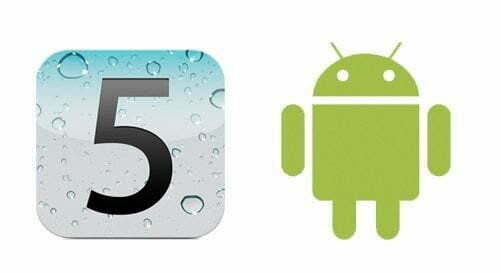
Both the Kindle Fire and Nook use Android, but it’s not a stock or even a slightly changed version. It’s a heavily overhauled OS that is a generally closed system that’s only available on that particular line of devices. The Nook HD is, and will feature the Nook Store, which is significantly smaller than Amazon’s competing App store. Of course, Amazon has a head start, much larger bandwidth for producing and selling more apps, and a larger marketplace thanks to it’s highly-visited website and a store everyone already has an account on.
Oh, and I forgot to mention. Amazon Prime.
Winner: Amazon, with a larger, more robust store that still pales in comparison to Android or iOS, but it very stable and offers far more apps than the Nook. And Amazon Prime. ’nuff said.
Processor
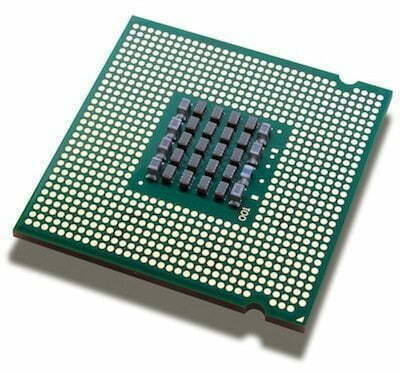
Both tablets feature very similar processors, but the Nook is just slightly better. It uses the TI OMAP 4470, the same in the Fire HD 8.9. The Fire HD 7 uses a slightly slower chip, the 4460. It’s both a less sophisticated, less powerful processor (albeit slightly; they’re in the same family but slightly different) and a slightly less speedy chip at 1.2GHz, compared to the Nook HD’s 1.3GHz. While overall performance will ultimately be dependent on the software running, the processor in the Nook HD is more powerful.
Winner: Nook HD, which has runs the OMAP 4470 at 1.3GHz, compared to the Fire HD’s OMAP 4460 at 1.2GHz.
Storage
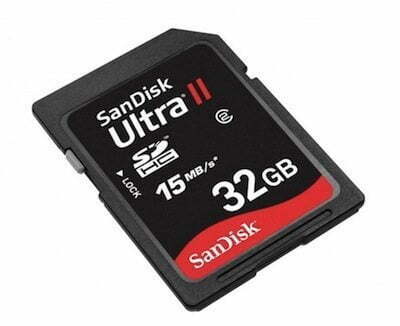
If only they’re all so easy…wait, it is! The Nook HD starts at 8GB for the $200 model and 16GB for the $230 model, compared to the Fire HD which is 16GB for $200 and 32GB for $250. But there’s one major difference: The Nook HD supports expandable memory. So if you’ve got a 32GB (or any sized) MicroSD card, just throw it in and suddenly you’ve up to quadripled your memory space at very little cost. In fact, based on Amazon pricing (oh the irony), you can buy a 32GB class-10 MicroSD card for just under $30. So for a little under $260 you can get a Nook HD and a 32GB card, which will offer 48GB of space. No tablet on the market offers that kind of capacity for that price.
Winner: Nook HD, which has less internal memory for a higher cost, but has expandable memory, which is far more pertinent to users.
Wireless Connectivity
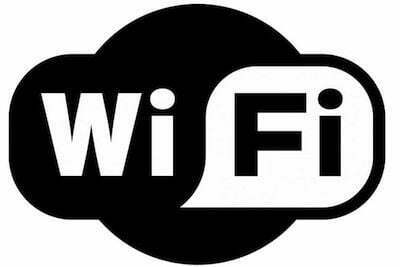
Neither the Fire HD 7 or the Nook HD work on cell networks, and there aren’t any plans to throw an LTE antenna into either device. But there is an actual difference between the two devices when it comes to Wi-Fi: Amazon talked a lot about different Wi-Fi technologies, and the Fire HD supports the 2.4GHz band, 5GHz band, and MIMO. This means it can essentially work over any Wi-Fi network with, presumably, very fast data speeds and less slowdown from things like mobile house phones, microwaves, etc. We’ll have to test speeds to confirm.
As for the Nook HD? It’s pretty standard at just the 2.4GHz range. For the vast majority of users, that likely won’t change a thing. The reality is only 1% of users will even know what this means, and 1% of those will have either the hardware or the knowledge to make use of it. But as time goes on it’ll likely provide a better overall experience, especially when out in the world. Like, say, at a coffeeshop, a bookstore, or somewhere that isn’t home.
Winner: Fire HD, which supports the 5GHz band and MIMO.
Camera
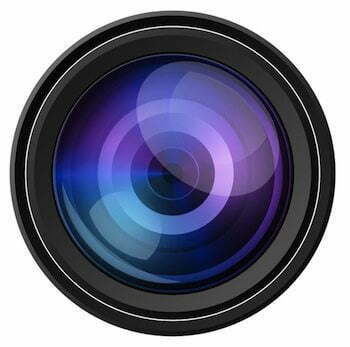
Well this one’s easy. The Kindle Fire HD has a front facing camera for videochat, and the Nook HD doesn’t!
Winner: Kindle Fire HD, which has a front-facing camera.
Battery Life
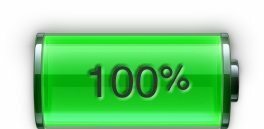
The Fire HD has a 4400mAh battery, compared to the Nook’s 4050mAh one. Normally I’d say that that in fact means nothing, because of course how the battery is used is what counts. But Amazon lists 11 hours of continuous use across all forms of media, while the Nook HD is listed for 10.5 hours of reading and 9 hours of continuous video. In a strange, back-handed sense, B&N admits that it’s battery will run for less time than the Kindle Fire.
The other thing about battery life is, based on my experience with the original Kindle Fire, the tablet just lasts forever. I’ve had it on standby, not used, for two months before it required a charge. That’s the sign of incredible, mind-boggling battery conservation. No tablet on the market can do anything like that.
Winner: Fire HD, which has a larger battery and, according to both company’s stats, lasts slightly longer.
Price

As shown in storage, the main difference between the two when it comes to price (since so many of the other features and functions are nearly identical) is storage. The Nook HD ships with 8/16GB for $200/$230 compared to the Fire HD at 16/32GB for $200/$250. That makes it sound like it’s in Amazon’s favor, but because Nook owners can purchase a full 32GB MicroSD card for $30 and have up to 1.5X the storage capacity of the Fire HD, pricing is no contest.
Winner: Nook HD, which is slightly less expensive for half the capacity, but offers expandable memory which makes it far more valuable. That’s, of course, not mentioning the faster CPU.
Overall Winner
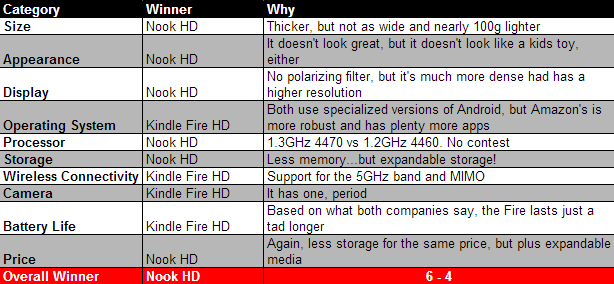
The differences between the Kindle Fire HD and the Nook HD are, as I said in the beginning, small. The two tablets are very similar, from the shape and size to the processor, display technology, and even their systems. In fact, there aren’t really any tablets that compete with one another like the Fire and Nook HDs do. That’s why they’re so interesting to mash together.
And yet, while Amazon is more successful in the tablet market with the highest-selling non-iPad tablet, Barnes & Noble seems to have built a smarter, better tablet. It’s slightly better in so many little ways: it’s lighter, has a slightly higher resolution display, a slightly better and faster processor, and offers expandable memory. The Fire HD has a slightly better battery, better Wi-Fi support, more available apps and a better overall OS, and a front-facing camera. So what will make the real difference for users?
First, just how good the displays really are. Both companies are really pushing their panels hard. That’s fair enough, but no screen is as good as the company says. It’s either better or, more often, worse. We’ll have to see in testing. The second is services. B&N will be looking to make a more open system, but also has their own store for books, and now movies, TV shows, and other media. That can’t compete with Amazon Prime, which is actually getting very close to making Netflix look like a waste of money. It’ll take some time until that day comes, but if you’re a Prime user, there is no reason not to get a Fire HD over the Nook HD.
We’ll go deeper with the Fire and Nook as we get them in for testing, but here’s our preliminary finding: the Nook is an overall better device. The Fire HD is better for Prime users who want to stream media, while the Nook HD is better for users who have their own media and want an easy way to watch it.
Or, you know, you can aim for the stars and get the ASUS Transformer Prime Infinity TF700T, which I adore. It’s pricey, but you won’t regret it.

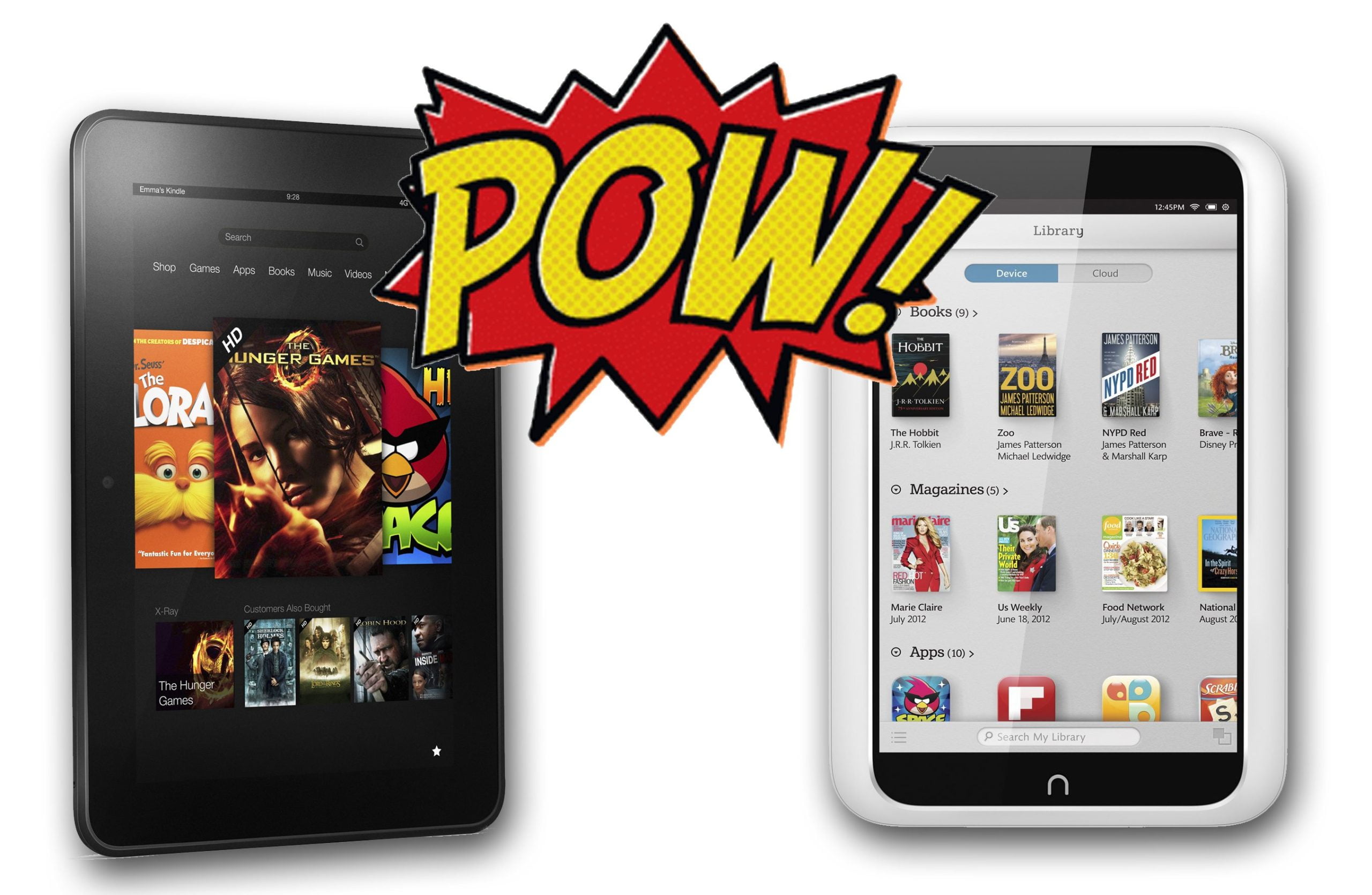













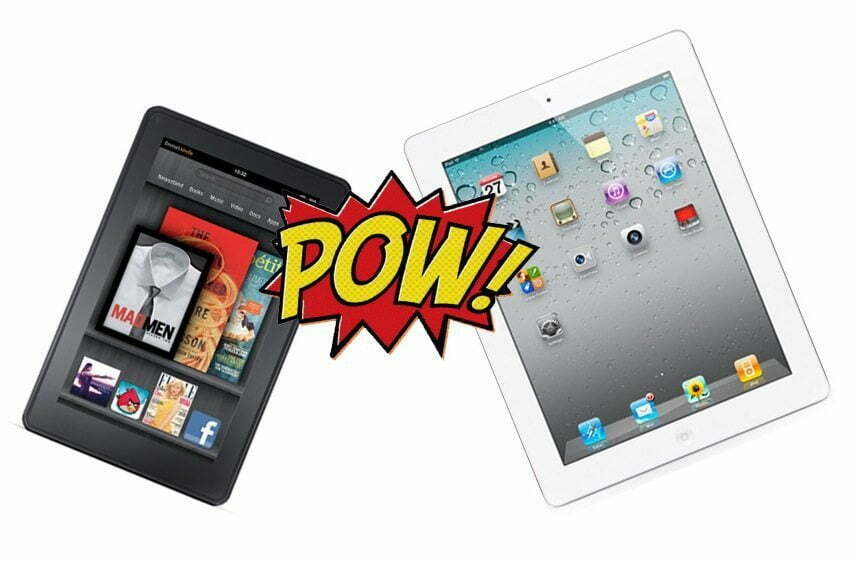
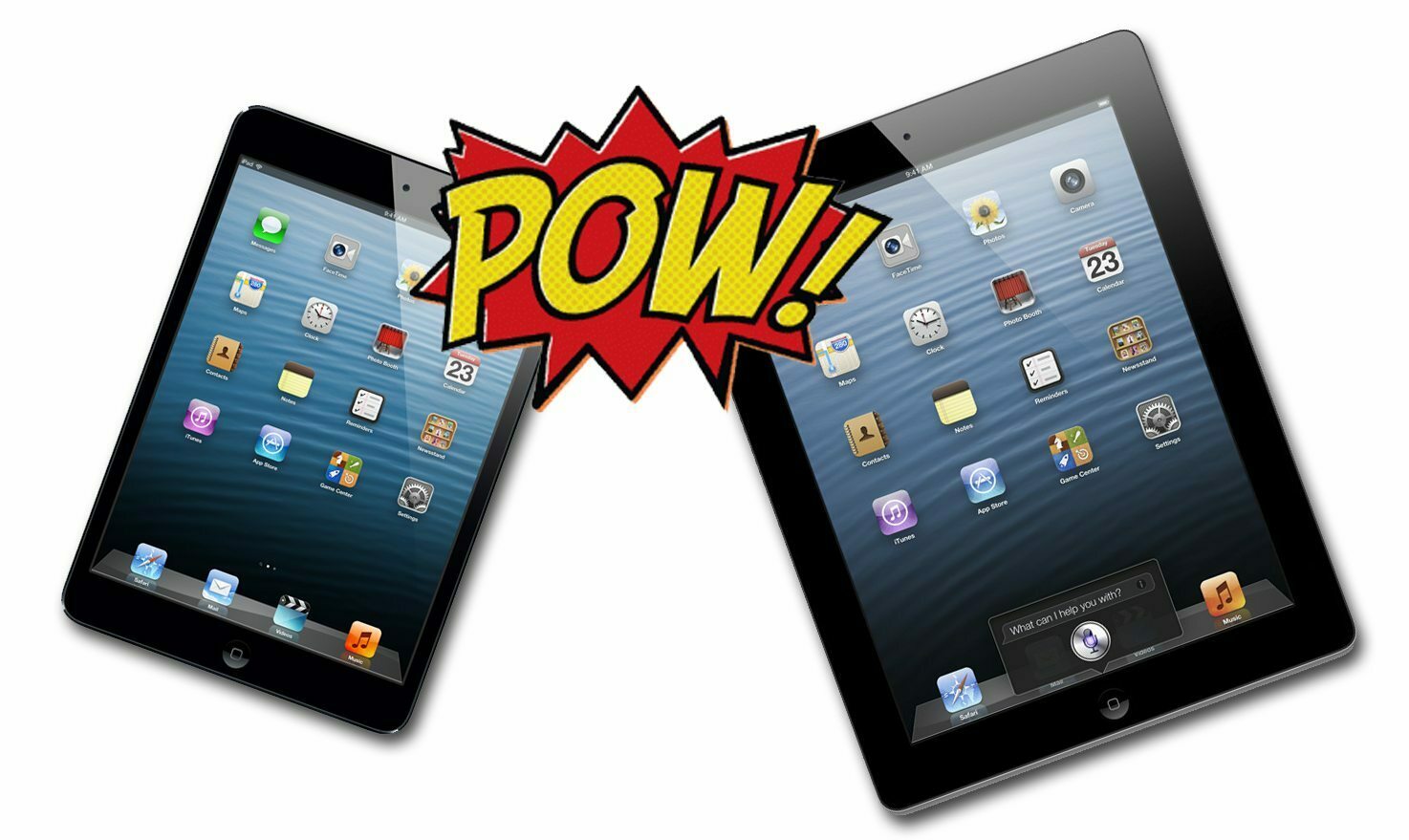
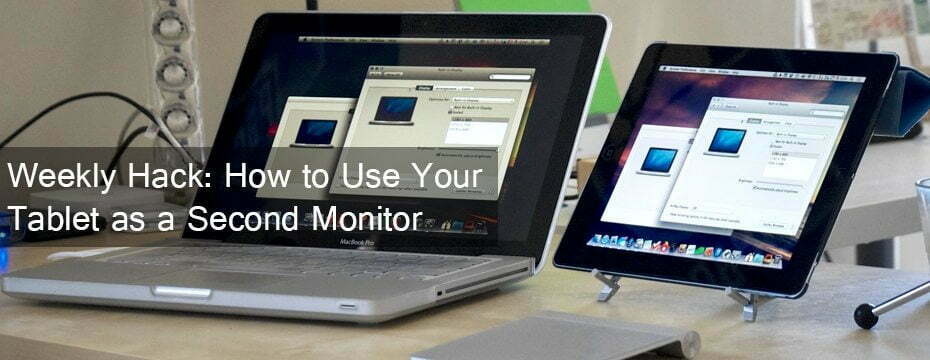
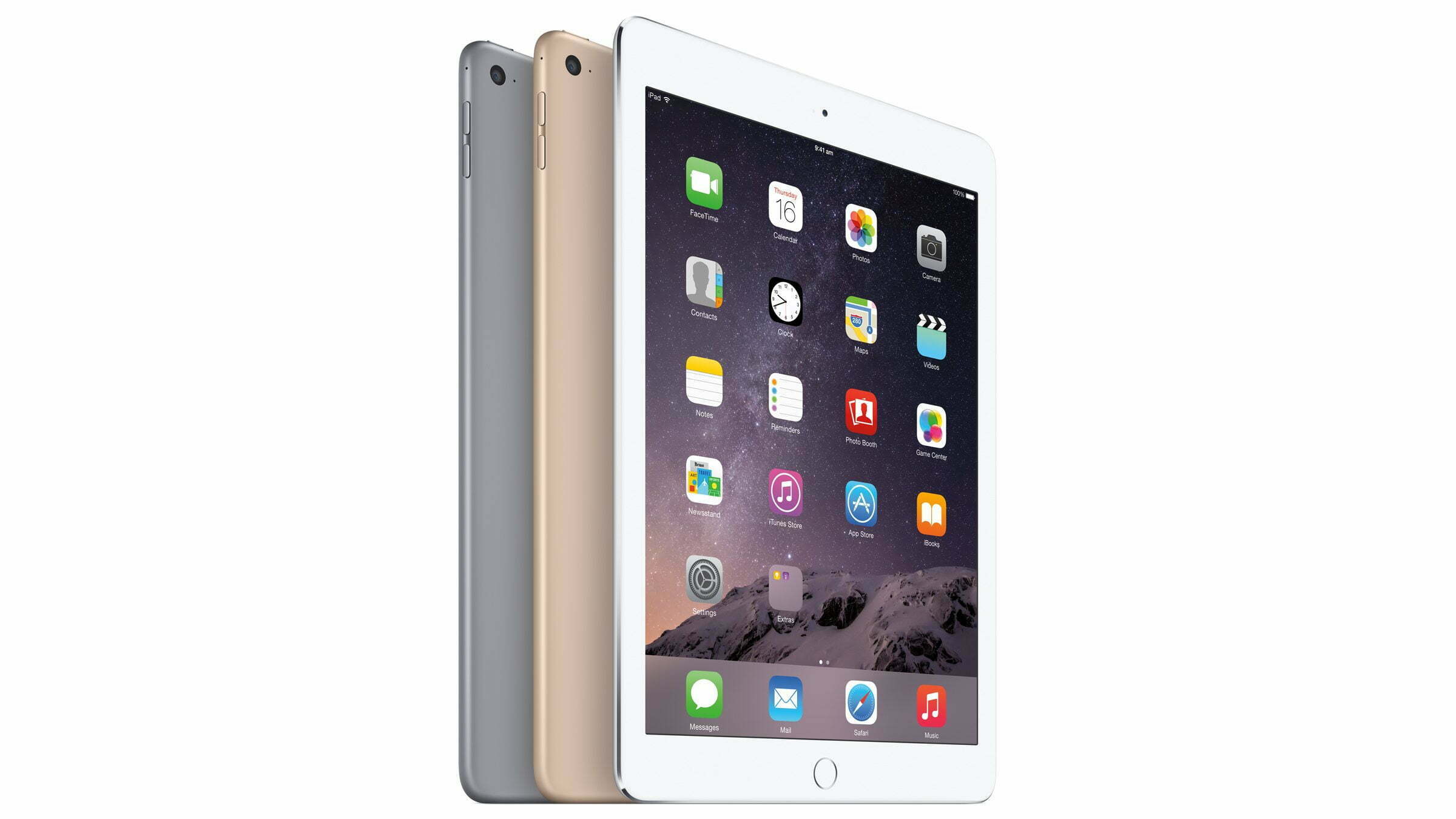
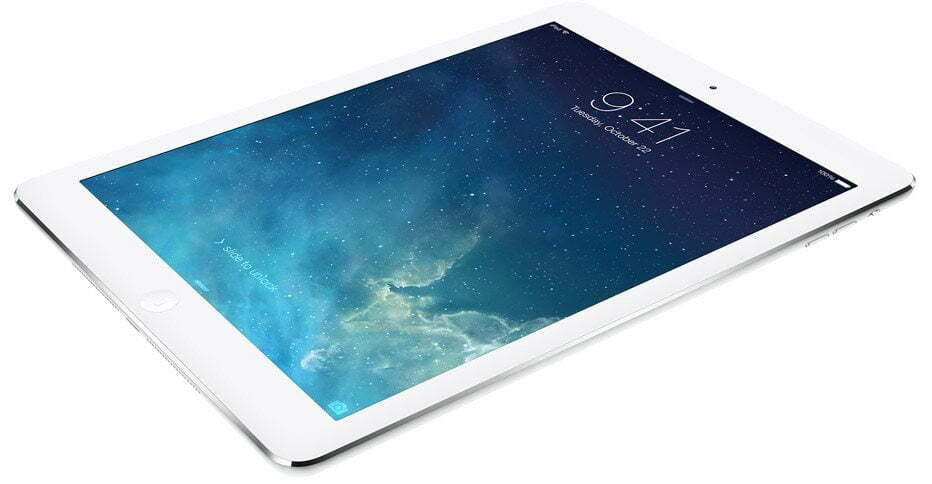
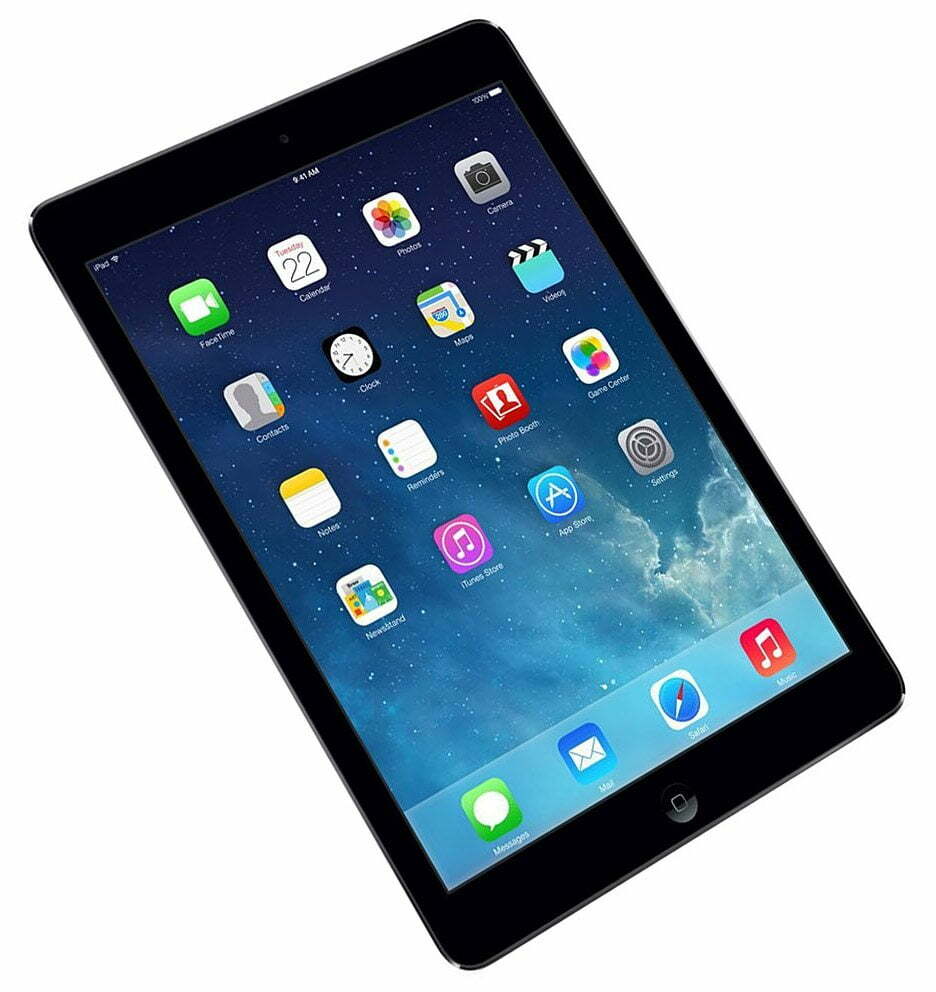
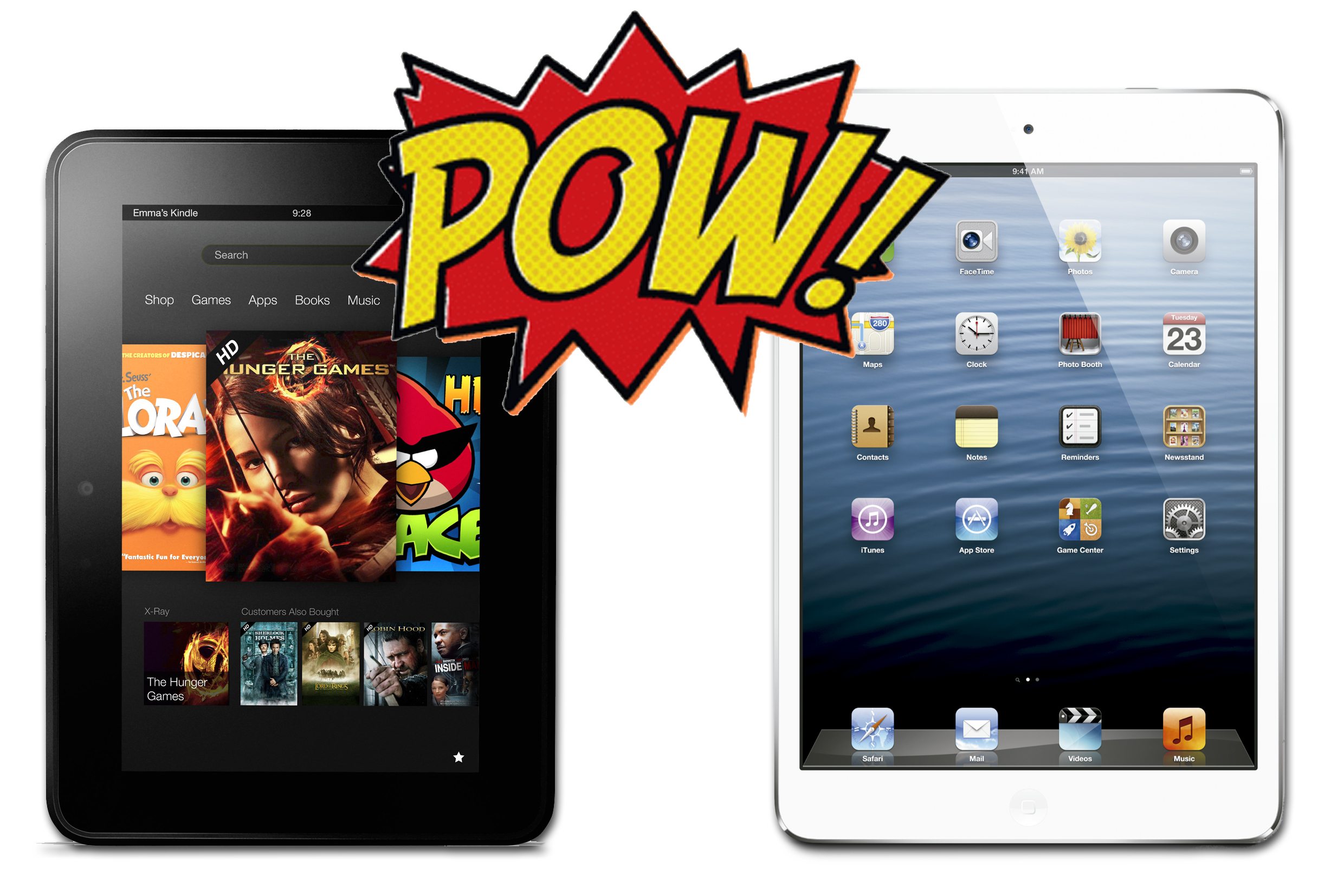
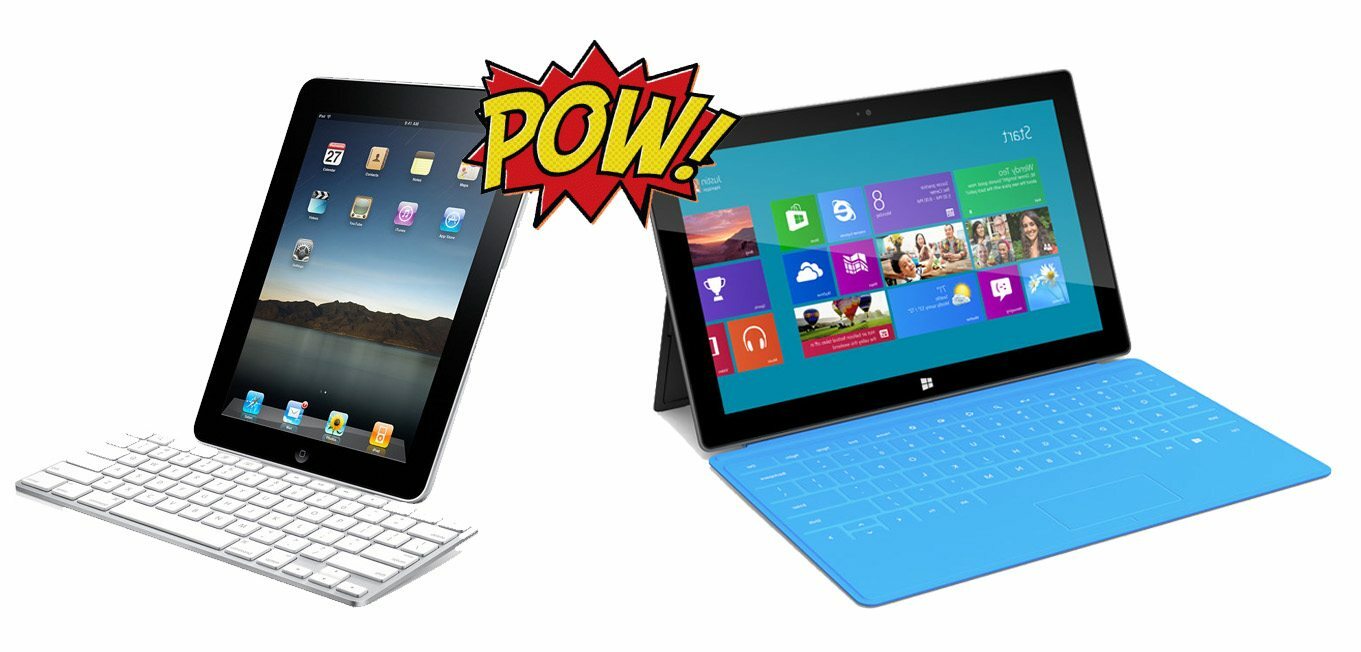
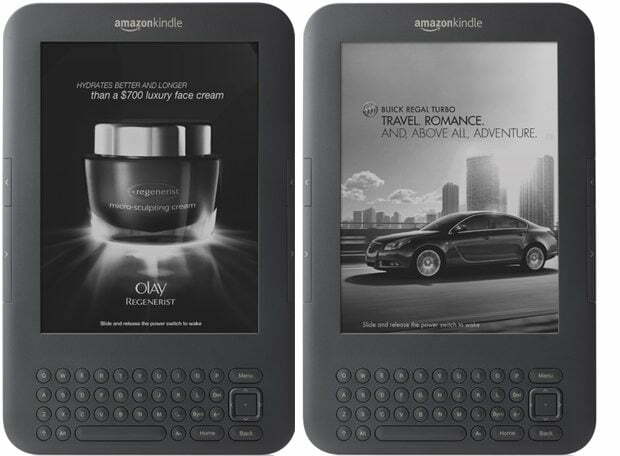
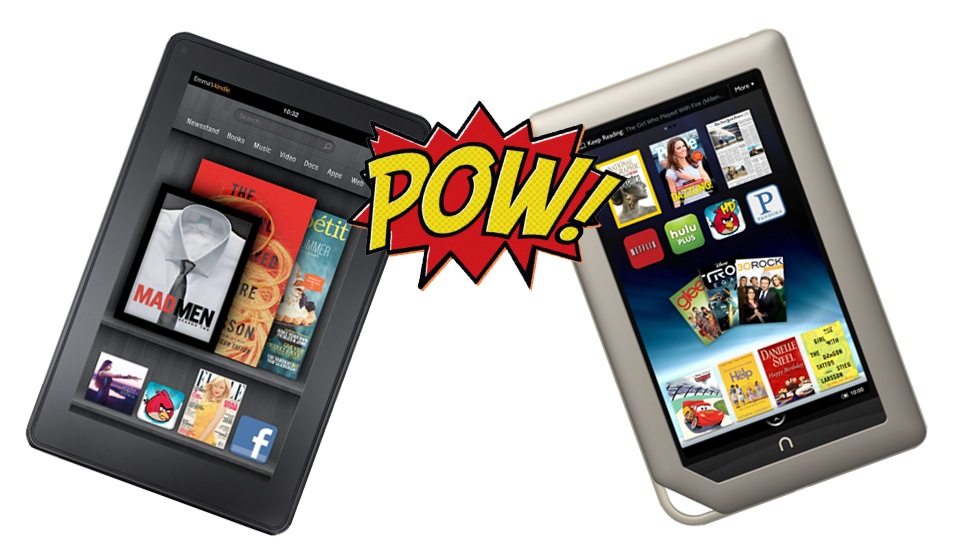
![Best Tablets in [year] ([month] Reviews) 30 Best Tablets in 2026 (January Reviews)](https://www.gadgetreview.dev/wp-content/uploads/best-tablets-image.jpg)
![Best BenQ Monitors in [year] 31 Best BenQ Monitors in 2026](https://www.gadgetreview.dev/wp-content/uploads/best-benq-monitor-image.jpg)
![Best Android Tablets in [year] ([month] Reviews) 32 Best Android Tablets in 2026 (January Reviews)](https://www.gadgetreview.dev/wp-content/uploads/best-android-tablets-image.jpg)
![Best Laptops in [year] ([month] Reviews) 33 Best Laptops in 2026 (January Reviews)](https://www.gadgetreview.dev/wp-content/uploads/microsoft-surface-book.jpg)
![Best iPads in [year] ([month] Reviews) 34 Best iPads in 2026 (January Reviews)](https://www.gadgetreview.dev/wp-content/uploads/Best-iPad-image.jpg)
![10 Best Chinese Tablets in [year] 35 10 Best Chinese Tablets in 2026](https://www.gadgetreview.dev/wp-content/uploads/Best-Chinese-Tablet.jpeg)
![10 Best Drawing Tablets in [year] 36 10 Best Drawing Tablets in 2026](https://www.gadgetreview.dev/wp-content/uploads/Best-Drawing-Tablet.jpg)
![10 Best Tablets for Reading in [year] 37 10 Best Tablets for Reading in 2026](https://www.gadgetreview.dev/wp-content/uploads/Best-Tab-for-Reading.jpg)
![10 Best Gaming Tablets in [year] 38 10 Best Gaming Tablets in 2026](https://www.gadgetreview.dev/wp-content/uploads/Best-Gaming-Tablet.jpg)
![10 Best Tablets for Travel in [year] 39 10 Best Tablets for Travel in 2026](https://www.gadgetreview.dev/wp-content/uploads/Best-Tablet-for-Travel.jpg)
![10 Best Rugged Tablets in [year] 40 10 Best Rugged Tablets in 2026](https://www.gadgetreview.dev/wp-content/uploads/Best-Rugged-Tablet.jpg)
![10 Best Tablets for Musicians in [year] 41 10 Best Tablets for Musicians in 2026](https://www.gadgetreview.dev/wp-content/uploads/Best-Tablet-for-Musicians.jpg)
![10 Best Tablets for Note Taking in [year] 42 10 Best Tablets for Note Taking in 2026](https://www.gadgetreview.dev/wp-content/uploads/best-tablet-for-note-taking.jpg)
